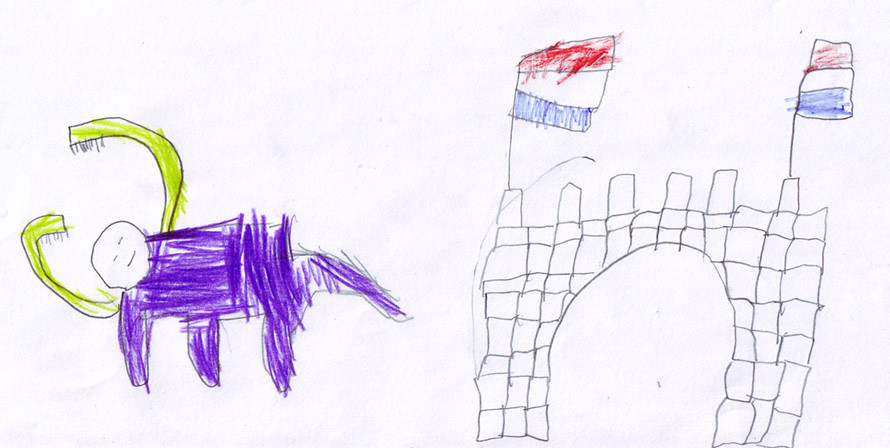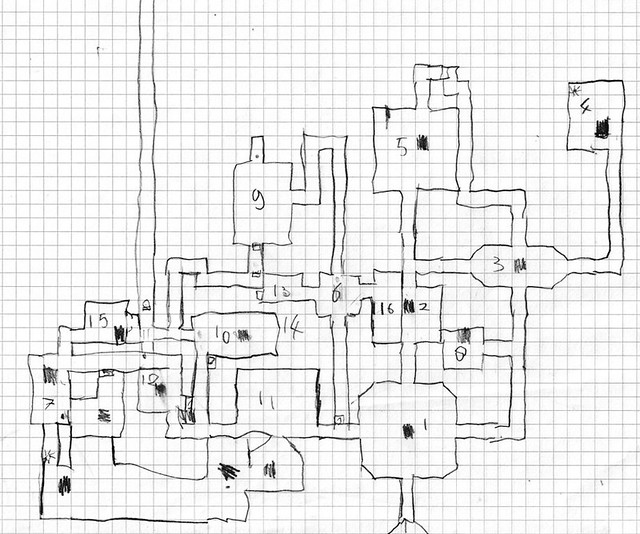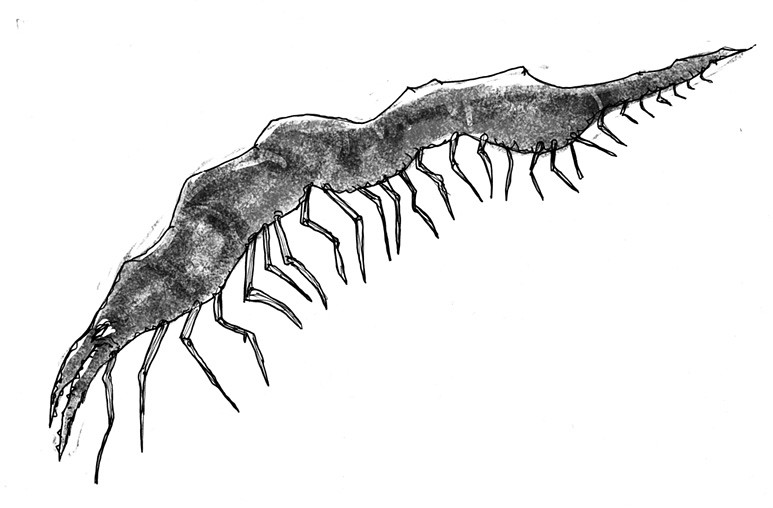The concepts of karma and reincarnation are part of
the teachings of almost all philosophies and religions on Seralin. Humanotheism, the Path of the Self and the
Obedience of Law are all paths to self-improvement and Enlightenment, and
many religions teach that the only true way to Enlightenment rests in the worship
of its god.
Karma
is a form of cause and effect between this life and the next. It proposes that good
actions will cause good consequences, and bad actions will cause bad
consequences. Dharma is a man’s
obligation in life. It helps him to achieve good karma by fulfilling the duties
to which he is bound by his station.
If he leads a good life, performing the duties his
dharma dictates, he will be rewarded by a better position when he is reborn in
his next life. If he leads a bad life he will be punished by being reincarnated
as a beggar, slave, or maybe even as an animal.
A PC's dharma is a combination of character class and alignment.
In order to follow his dharma, a character must behave according to the
alignment guidelines given in the Player's Handbook. These tenets must
be followed strictly, or the character will suffer a karma penalty (see below).
For example, a Lawful Good character who participated in the theft of a magic
sword would be violating his dharma, for he would be breaching his duty to
respect the laws of the land,
Characters should follow the behavioral guidelines of
his alignment strictly. In addition to alignment, each player should work with
the DM to define his character’s dharmic duties, using his race, class, social
status, philosophy, religion, and any other important elements in his
background. Example dharmic duties are given below.
Assassins:
Get the job done, no matter what. Never let emotion come in the way of an
assignment.
 Druids:
Revere nature. Never harm plants or animals without reason.
Druids:
Revere nature. Never harm plants or animals without reason.
Fighters: Always
be brave. Never flee from danger while an ally fights on.
Humanotheism: Strive for
perfection, both physical as mental.
Knights: As fighter. Fight with honor. Always help the weak and needy.
Mage: Pursue knowledge and pass up no chance to learn new spells or acquire
magical items.
Merchants: Attempt to acquire wealth for your own benefit and
for your family.
Nobles: Serve your lord. Protect your vassals.
Path of the Self: Place yourself above all others.
Priest: Devote yourself to your god and your church. Recruit followers for your
faith whenever possible.
Rangers: As
fighter. Revere nature.
Never harm plants or animals without reason.
Thieves: Attempt to acquire wealth, either for your own benefit or to help
others. Rely on stealth, trickery and cunning.
A character
gains a point of karma every time he goes up in level. If his dharma and karma
played a big role in the gaming session, the DM may reward another karma point
to the character. If a character violates his dharma, he loses a karma point.
It is entirely
possible for a character to have conflicting dharma requirements. If, for
example, the dharmic duties for a character’s class go against those of his
alignment, violating either still results in the loss of a karma point.
After the
character dies, his player doesn’t create a new character, but rolls 2d6 on the
table below to see what he comes back as.
|
|
Karma Points
|
|
2d6
|
0
|
3-5
|
6-10
|
11-15
|
16-20
|
21+
|
|
2
|
Giant
snail*
|
Ogre*
|
Gnoll*
|
Porcine*
|
Morlock*
|
Human*
|
|
3-5
|
Ape*
or Baboon*
|
Minotaur*
|
Pig*
or Porcine*
|
Morlock*
|
Human*
|
Paragon*
|
|
6-8
|
Lizardfolk*
|
Pig*
or Porcine*
|
Neanderthal*
|
Human*
|
Human+
|
Paragon+
|
|
9-11
|
Pig*
|
Neanderthal*
|
Human*
|
Human+
or paragon*
|
Human++
|
Paragon++
|
|
12
|
Neanderthal*
|
Human*
|
Paragon*
|
Paragon+
|
Human+++
|
Enlightenment
|
|
*: Create a new
character of the indicated race. Transfer the old character’s INT, WIS and
CHA to the new character. All other stats are rerolled. The new character
starts at level 1.
|
|
+: Transfer the old
character’s INT, WIS and CHA to the new character. All other stats are
rerolled. The new character starts at a level 1d4 lower than the old
character.
|
|
++: Transfer all
stats of the old character to the new. The new character starts at one level
lower than the old character.
|
|
+++: Transfer all
stats of the old character to the new. The new character starts at the same
level as the old character.
|
|
Enlightenment: The character is
elevated to a higher state of existence. Create a completely new character.
The new character receives a +2 bonus to all saving throws.
|
The new character will show up after 1d6 days. The
character starts with 0 karma points and has only vague recollections of his
previous life.
The reincarnation
spell grants a roll on the table above, but the player rolls 1d6 to determine
the new character’s level, and the character starts with a number of karma
points equal to his level.
Raise dead or
similar spells used on the previous character’s body will raise him normally, causing
the new character to die. The character is taken out of the reincarnation cycle,
and will never reincarnate again, not even with the reincarnation spell. People living outside the reincarnation cycle
are known as beimaan (cheaters).
Beimaan are seen as unnatural creatures equal to demons. Beimaan are considered
chaotic outsiders for purpose of all spells, magic items and spell-like
effects, in addition to their actual alignment and race. When in conflict, the
chaotic designation takes precedence.
Notes: These
rules were inspired by existing rules, and were reworked and restated for use
in my Weird Opera campaign. The reincarnation table was written for the world
of Anderove, which has no elves, dwarves, or other common demi-humans. DM’s
wanting to use these rules in their own campaign should devise their own table.
















